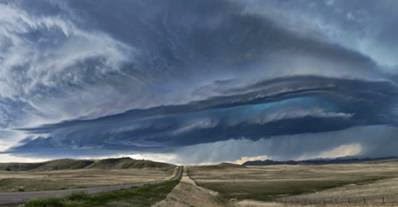
 Self esteem is an odd thing. We almost don’t notice it until we have lost some. How we feel about ourselves is
something we learn over time. Some part of us, perhaps the ego, takes on the
job of keeping these learned ideas of who we are.
Self esteem is an odd thing. We almost don’t notice it until we have lost some. How we feel about ourselves is
something we learn over time. Some part of us, perhaps the ego, takes on the
job of keeping these learned ideas of who we are.
When life changes substantially:
divorce, family death,
we can manage for awhile with the self esteem that we
have stored, but eventually the stores run dry.
So when you have a moment of feeling bad about yourself, first NOTICE what has changed. Now IDENTIFY what things, people, experiences were in your life that are not there now. What were the particulars of what I received from those?
 And we want to be looking for the specific experiences
that meant something to us…. Like: hugs, sex, praise, someone to cook for me,
smiles, a sense of community, career satisfaction, mobility….etc?
And we want to be looking for the specific experiences
that meant something to us…. Like: hugs, sex, praise, someone to cook for me,
smiles, a sense of community, career satisfaction, mobility….etc?
When you have determined where the losses are, you can begin to PLAN your world with a direction, identifying, and then looking to refill and restock the storage bins of self worth.

 Now you can INVITE people,
events, activities, all experiences that mirror or enhance the areas that seem
unnourished, and running on empty.
Now you can INVITE people,
events, activities, all experiences that mirror or enhance the areas that seem
unnourished, and running on empty.
And then say “Fill er up please.!” This may take a bit of time, but if you
hold clear the course you can end up by saying “TOP
OFF THE TANK PLEASE!”
Recovery from low esteem goes like this…
Plan
Invite
Top Off
In other words….N.I.P
I.T.!!
If a plant or tree isn’t getting enough water, what does
it do? It grows longer roots!!!!
If you are feeling low…….dig in, dig a bit deeper, until
you find the source.
(the drawing of the tree and roots is from David Whyte's website.)
Happy Saturday. Misty
July 26th, 2014






























